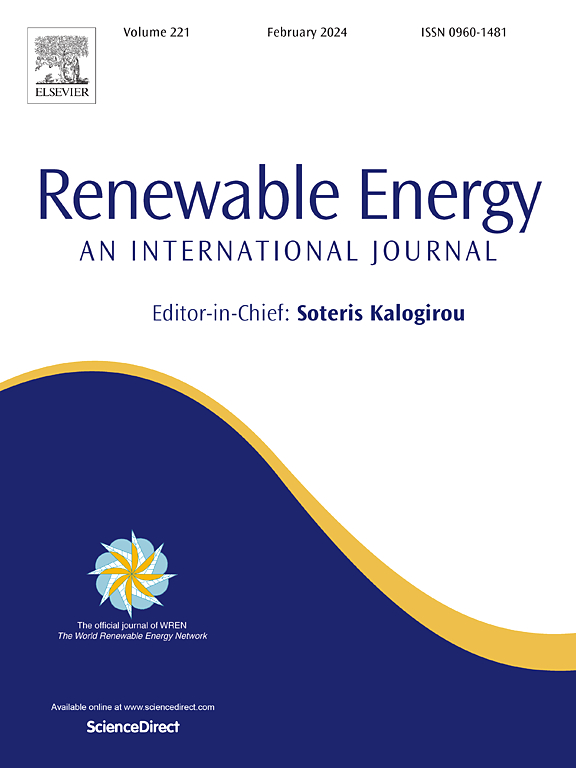A method on mapping the distribution of photovoltaic power stations in complex terrain regions
IF 9
1区 工程技术
Q1 ENERGY & FUELS
引用次数: 0
Abstract
With the goal of achieving carbon neutrality, the number of new photovoltaic (PV) installations worldwide has surged in recent years. Accurate statistics on the area and distribution of centralized solar PV installations are essential. Due to land use constraints and poverty alleviation policies, an increasing number of PV stations are being installed in mountainous areas in China. The fragmented distribution of these PV stations presents challenges for remote sensing identification. This study proposes a method based on Object-Based Image Analysis (OBIA) and the Cascade Random Forest Classifier, utilizing Sentinel-1/2 imagery. The method is capable of extracting PV stations across diverse terrains, including mountains, plateaus, and plains. Specifically, five different scenarios with varying feature combinations (including spectral, index, geometric, and texture features from Sentinel-1 and Sentinel-2) were compared. A second-level random forest classifier, trained on false-positive samples, was employed to enhance the model's robustness. The results indicate that the spectral features of Sentinel-1, along with index and geometric features, positively influence identification accuracy, while texture features showed less impact. Independent test results demonstrated an overall classification accuracy of 99.9904 %, with a producer accuracy of 92.73 % and a user accuracy of 81.38 % for PV stations in a complete city region. Finally, a 2024 map of centralized PV installations was created for five cities west of Beijing, where the proportion of total PV area in mountainous regions is 45 %. This method represents the first approach capable of identifying PV stations in complete regions with complex terrain, including mountains, without the need for manual post-processing.
求助全文
约1分钟内获得全文
求助全文
来源期刊

Renewable Energy
工程技术-能源与燃料
CiteScore
18.40
自引率
9.20%
发文量
1955
审稿时长
6.6 months
期刊介绍:
Renewable Energy journal is dedicated to advancing knowledge and disseminating insights on various topics and technologies within renewable energy systems and components. Our mission is to support researchers, engineers, economists, manufacturers, NGOs, associations, and societies in staying updated on new developments in their respective fields and applying alternative energy solutions to current practices.
As an international, multidisciplinary journal in renewable energy engineering and research, we strive to be a premier peer-reviewed platform and a trusted source of original research and reviews in the field of renewable energy. Join us in our endeavor to drive innovation and progress in sustainable energy solutions.
 求助内容:
求助内容: 应助结果提醒方式:
应助结果提醒方式:


